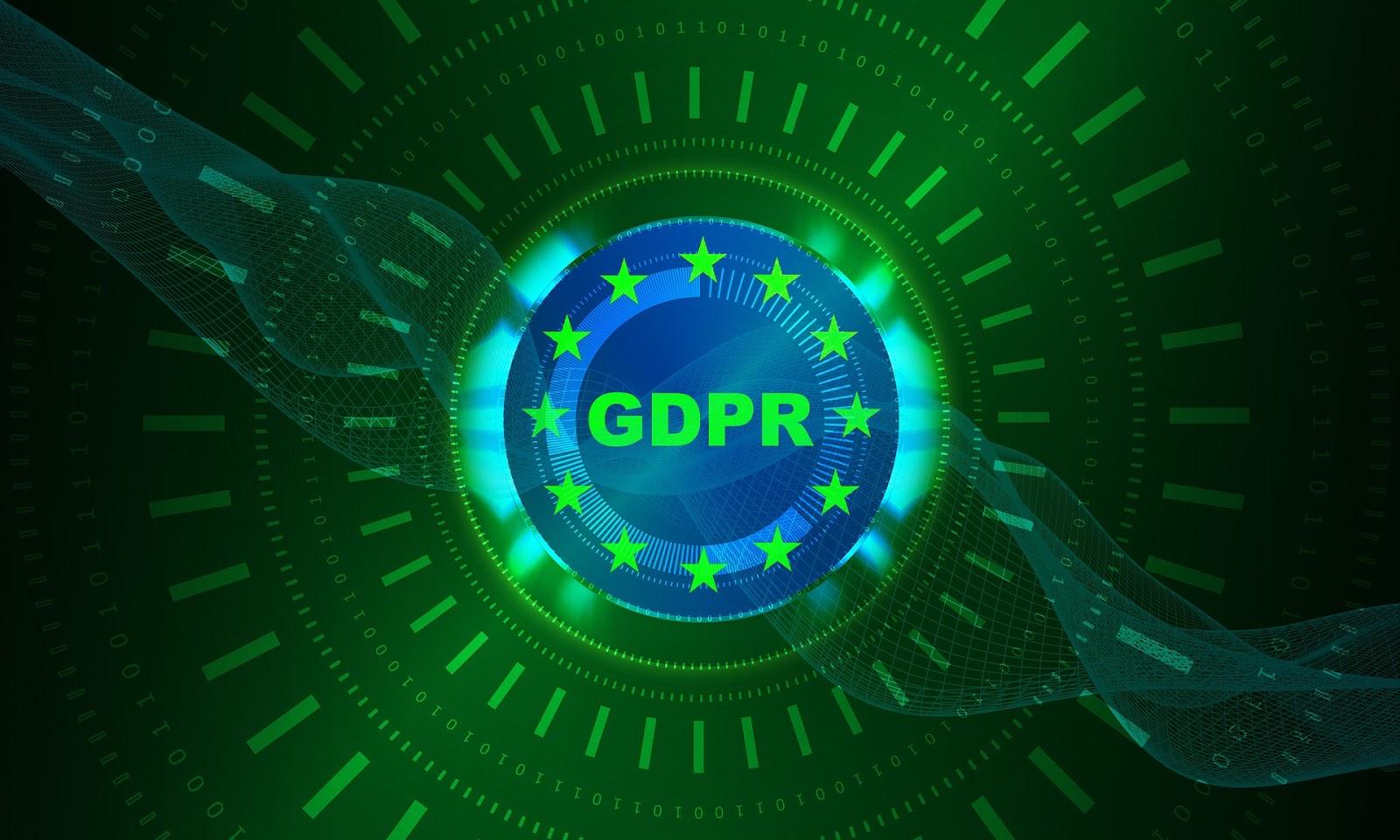Customer data is the lifeline of any business. The type of customer data you collect and put to work in your organization will heavily determine your profitability. Through analyzing your customer data you will understand their behavior and market to them accordingly.
To get the most out of your customer data, it is important to establish who has access to it. In this article, we are going to look at five simple ways to manage data access in your organization.
1) Have a data governance policy
Data governance involves setting up systems and oversight to facilitate seamless data sharing and management. With a data governance policy, you define how to name, categorize, store, process, secure, and share customer data in your organization. The result is that you eliminate resource duplication, your organization complies with data regulations and removes bureaucracy on data access. Hence, employees can make faster decisions.
An efficient data governance policy includes 5 components:
- Identification
The first step is to identify the type of customer data you have. Do you have your customers’ basic, interaction, behavioral, or attitudinal data? Is it structured or unstructured? After that, sort, clean, and catalog it under a name, value, defined format, and source.
- Storage
Factor your storage needs from the time of data creation to the time of use and sharing. Allocate storage for what you need currently, and not anticipatory. When requirements increase, you can expand storage as need be.
- Provision
Your data governance policy should have a provision that governs customer data sharing. If there are none, you may find bureaucracy regarding data sharing arising among staff.
- Process
Raw data needs to be processed for it to be of use. Data analysts in your organization should be able to process and transform the customer data to be used, reused, and shared.
- Governance
Once you have implemented all the steps above, it is time to tie them all with governance. The governance policy should not be so strict that employees abandon it altogether, but it should secure customer data and facilitate efficient operations.
2) Invest in a customer data platform software

The Customer Data Platform (CDP) Institute defines a customer data platform as “packaged software that creates a persistent, unified customer database accessible to other systems.” When you invest in a CDP, you unify all your systems — CRM, e-commerce, analytics, email, and social media sites — into one place. As a result, you are bringing together 3 main data types:
- Behavioral data — interaction and frequency of interaction with your website, app, digital assistants, live chat, social media, etc.
- Transactional data — customer purchases and returns, transactions from e-commerce or POS systems
- Demographic data — customer’s name, date of birth, gender, address, etc.
The customer data platform not only serves as a centralized source of customer data, it can also function as a robust data security platform, effectively mitigating the risks associated with maintaining multiple data silos within an organization.
3) Eliminate data silos in your organization

As you integrate a customer data platform, it is salient to eliminate data silos in your organization. A data silo is a set of data controlled and closed off from the rest of the organization by a single department. Most of the time this is not intentional but arises when there is no data governance or data orchestration procedure in an organization.
As your organization grows, the emergence of data silos is highly likely. The problem with data silos is that they waste resources, make collaboration difficult, and result in poor productivity. These silos age and consequently become inaccurate and incomplete.
To break down these data silos, start by creating a single source of truth, as the CDP discussed above. Other single source-of-truth systems and data security automation you can put in place include a data lake, customer relationship management (CRM), or master data management (MDM).
4) Concentrate on critical data
The explosion of digital technology has seen organizations gain a colossal amount of customer data. It may be tempting to hoard this data if you have no immediate use for it — the logic being it may be valuable in the future.
This approach to customer data is costly. You will be paying for cloud storage services for data you are not using. Second, it is an encumbrance as it will overload your data platforms. To avoid this, only collect the customer data that you need.
Be transparent with your customers about the information you gather and offer them fair value. It will earn you goodwill with your customers, and they may allow you to expand access to their data.
5) Comply with data regulations

Data privacy laws like the General Data Protection Regulation (GDPR) and the California Consumer Privacy Act (CCPA) stipulate how companies should collect, use, share, store, and delete customer data. As an organization, you must comply with these laws.
It may feel like these laws have put a cap on accessing customer data. However, if you work with them, they will help you focus on customers who are really interested in your business, and gain premium customer data. For example, you can use the opt-in and opt-out options on your website to do customer segmentation.
The opt-ins are interested in what you offer, and those are the ones you should focus your efforts towards. The effect of privacy legislation is that you will have a smaller customer base, unlike pre-privacy laws. However, you end up with a customer base with higher engagement and responsiveness to your offers.
Conclusion
As your organization grows and serves more customers, you will generate tons of customer data. How you handle this data can make or break your organization. With the right tools, foresight, and management, this data is highly profitable and will keep you in business for a long time.
By implementing the listed strategies, you will be on the right track. Be sure to engage your whole organization when doing it to ensure success. While at it, determine who has privileged access to customer data. It will protect your customer data further and enable making faster business decisions.



































